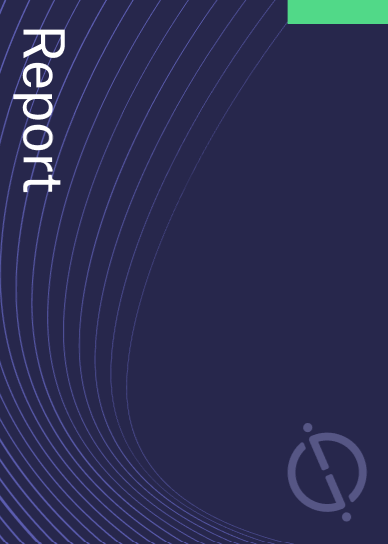The medical devices industry continues to be a hotbed of patent innovation. Activity is driven by increased need for homecare, preventative treatments, early diagnosis, reducing patient recovery times and improving outcomes, as well as a growing importance in technologies such as machine learning, augmented reality, 5G and digitalization. In the last three years alone, there have been over 230,000 patents filed and granted in the medical devices industry, according to GlobalData’s report on Artificial intelligence in medical: AI for MRI. Buy the report here.

Discover B2B Marketing That Performs
Combine business intelligence and editorial excellence to reach engaged professionals across 36 leading media platforms.
According to GlobalData’s Technology Foresights, which uses over 165,000 patents to analyze innovation intensity for the medical devices industry, there are 35+ innovation areas that will shape the future of the industry.
AI-assisted MRI is a key innovation area in artificial intelligence
Artificial Intelligence (AI) assisted Magnetic Resonance Imaging (MRI) has the potential to enhance the utility of traditional MRI from manually diagnosing changes in organ features as an indication of a disease to a true diagnostic tool that relates features to specific diseases in an automated and accurate process. This will greatly help the radiologist and other clinicians in interpreting images and provide more accurate and timely diagnoses which will improve patient outcomes.
GlobalData’s analysis also uncovers the companies at the forefront of each innovation area and assesses the potential reach and impact of their patenting activity across different applications and geographies. According to GlobalData, there are 275+ companies, spanning technology vendors, established medical devices companies, and up-and-coming start-ups engaged in the development and application of AI-assisted MRI.
Key players in AI-assisted MRI – a disruptive innovation in the medical devices industry
‘Application diversity’ measures the number of applications identified for each patent. It broadly splits companies into either ‘niche’ or ‘diversified’ innovators.
‘Geographic reach’ refers to the number of countries each patent is registered in. It reflects the breadth of geographic application intended, ranging from ‘global’ to ‘local’.
Fujifilm is the leading patent filer in the field of AI-assisted MRI. Some other key patent filers include Koninklijke Philips, Enlitic, Canon, Cleerly, and IBM.
In terms of application diversity, Beijing SenseTime Technology leads the pack, followed by Hyperfine and Hyperfine Research. By geographic reach, Enlitic holds the top position, followed by Cosmo Pharmaceuticals and Cleerly.
AI has the potential to augment radiology workflows in radiology in many ways. AI-assisted MRI can improve surgical and exam planning, image reconstruction, image analysis, and support clinical decision making. AI-assisted MRI is expected to become a new set of tools in the hands of the radiologist. Such use of AI is likely to be ubiquitous and somewhat invisible to the physician, blending into the background of clinical decision-making processes.
To further understand the key themes and technologies disrupting the medical devices industry, access GlobalData’s latest thematic research report on Medical Devices.
Data Insights
From

The gold standard of business intelligence.
Blending expert knowledge with cutting-edge technology, GlobalData’s unrivalled proprietary data will enable you to decode what’s happening in your market. You can make better informed decisions and gain a future-proof advantage over your competitors.




